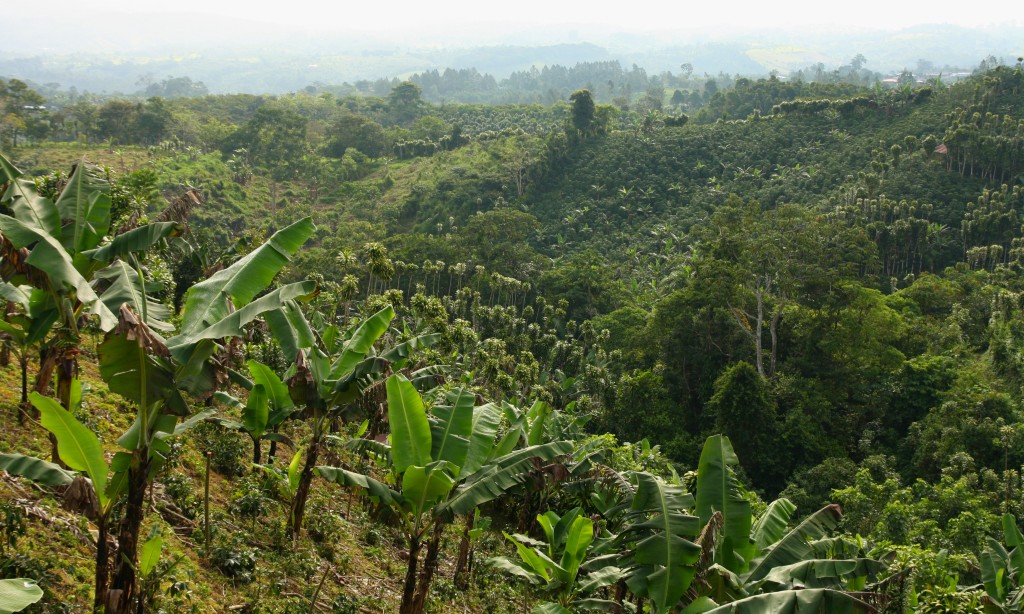esearch ecologists love islands because they are about as perfect as it gets in the natural world to a controlled experiment.
Of course, Charles Darwin had his findings from the Galapagos Islands. And then there was the famous (albeit horrifying) experiment that E.O. Wilson and Robert MacArthur carried out in the Florida keys where they blitzed some islands with methyl bromide to exterminate arthropod species and observe their return.
Wilson and MacArthur’s findings led to the “equilibrium theory of island biogeography,” in which they posited that the biodiversity of an island ecosystem is a balance between the immigration of species onto an island and the local species going extinct. Larger islands and those with a good connection to other suitable habitat are factors that can reduce a species’ extinction rate.
“Island biogeography” worked so well when applied to actual island environments that scientists kept going with it, even on terrestrial landscapes. It’s a bit of a mental jump — natural lands are like “islands” when surrounded by inhospitable farmland and human settlement. But over time it became the bedrock of conservation science — protect large natural sites and connect them to one another so that populations can migrate between them.
Some 50 years later, however, Wilson and MacArthur’s theory of “island biogeography” is losing its luster. In an age of climate change and overpopulation of humans, “islands” both real and imagined don’t seem to exist anymore. And maybe they never really did.
“We’ve been enamored and obsessed with islands, and it’s a fantastic study system because they’re simple,” said Chase Mendenhall, a doctoral student in ecology at Stanford University’s Center for Conservation Biology. “But the world is more complex than an island system.”
Mendenhall is the lead author in a recent paper in Nature that he hopes will overturn ecologists’ obsession with islands to be replaced with a more nuanced and practical view of a world dominated by human-altered landscapes. He and his colleagues, including the Stanford center’s director, conservation biologist Gretchen Daily, have proposed an alternative way to study and conserve biodiversity through a framework Daily has coined “countryside biogeography.” Stanford population biologist Paul Ehrlich has also developed the concept.
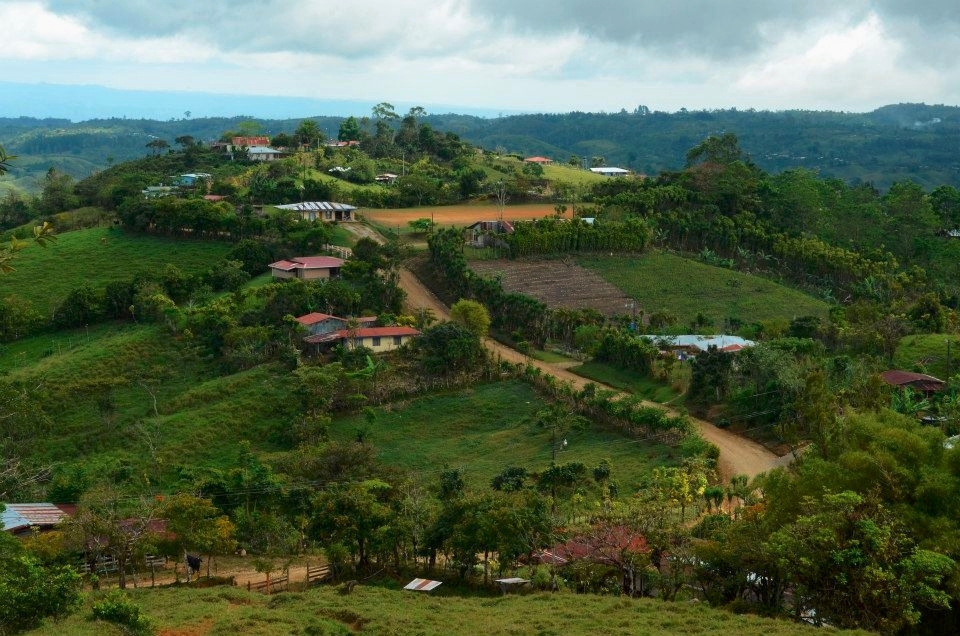
The theory accounts for what many scientists and observers of the natural world have long known — many species successfully use human-altered landscapes. Farmland, rangeland, and even urban areas are not inhospitable seas surrounding natural habitat, rather they may play a critical role in the survival of many of the world’s species. After all, nature reserves currently account for only 13 percent of the world’s land.
“We’ll never be able to protect more than a tiny, tiny fraction of the life forms on the planet in nature reserves,” said Daily. “We shouldn’t give up on nature reserves, but people thought previously that that was the only option and the best option because reserves are in areas that are pristine.”
She added:
“We found that agricultural areas can support much more than we had imagined at the beginning of the conservation movement. The challenge is to figure out how to integrate livelihoods, food security and conservation.”
hase Mendenhall grew up in Wyoming near an open pit coal mine. In a certain sense, he learned early on that life can endure in the most inhospitable of places.
“I used to run around and catch animals there and I found a lot of life on the outskirts of mines,” he said.
When he was 15 he began working as a research assistant at Grand Teton National Park, where he examined the songbird population and how it changed relative to the human impact on the park. It was his first taste of field ecology and he stayed at it for nine years. Later in graduate school at Stanford he went to Costa Rica and has been a permanent fixture there ever since.
In the study published in Nature, Mendenhall chose to count neotropical bat species because they are especially sensitive to deforestation. If the bats could make use of farmland, presumably other species could too.
The researchers set up two field stations — one on islands in the Panama Canal and one on Costa Rican coffee farms that are interspersed with fragments of natural habitat. The two ecosystems are similar in age, location and bat diversity. The goal of the study was to test out the theory of island biogeography on each location and see how well the theory applied in either setting.
Over the course of 2 to 4 years, the researchers set up huge nets and then seined the forest of bats (and birds), cataloguing each individual. Mendenhall said he was not just interested in the species count, but also the population of each species, since the sheer number of individuals of a species is critical to its viability.
“One of the things I am really interested in are population and abundances,” he said. “I work on what kinds of species, and more specifically how many are there. It’s the fundamental unit of evolution and biodiversity.”
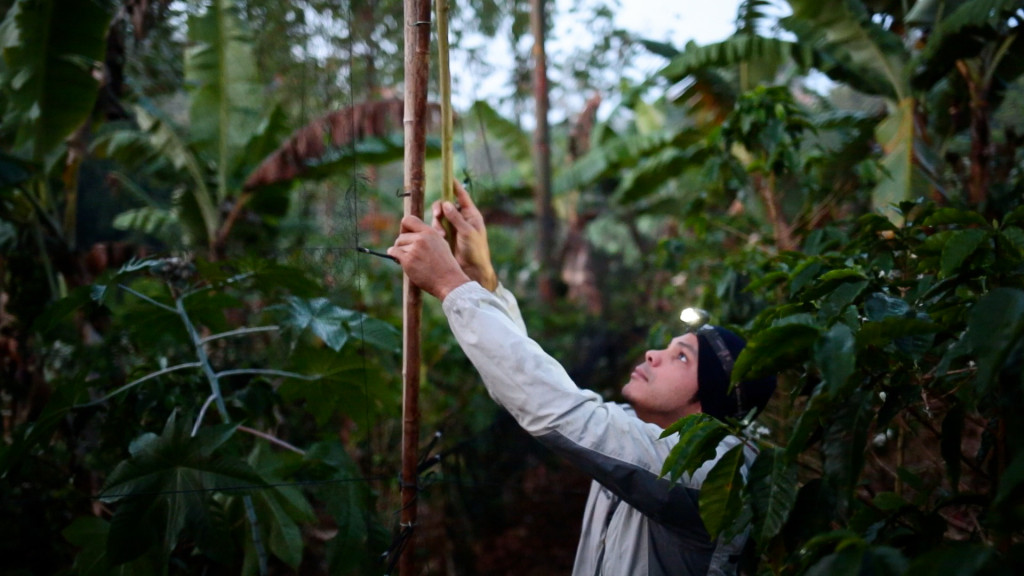
More than 9,000 bats and 62 species later, Mendenhall had his data. Predictably, as forest cover disappeared on the islands, the rate of species loss was “substantially and significantly higher” and the populations were “increasingly uneven,” the study found. But the Costa Rican coffee farms told a different story. There was little variation in bat species in forest fragments and farmlands, and in fact, 14 of the 30 bat species captured were more abundant on the farmland than in the neighboring forest reserves.
“We’re seeing winners and losers in the ability to use coffee habitats,” said Mendenhall.
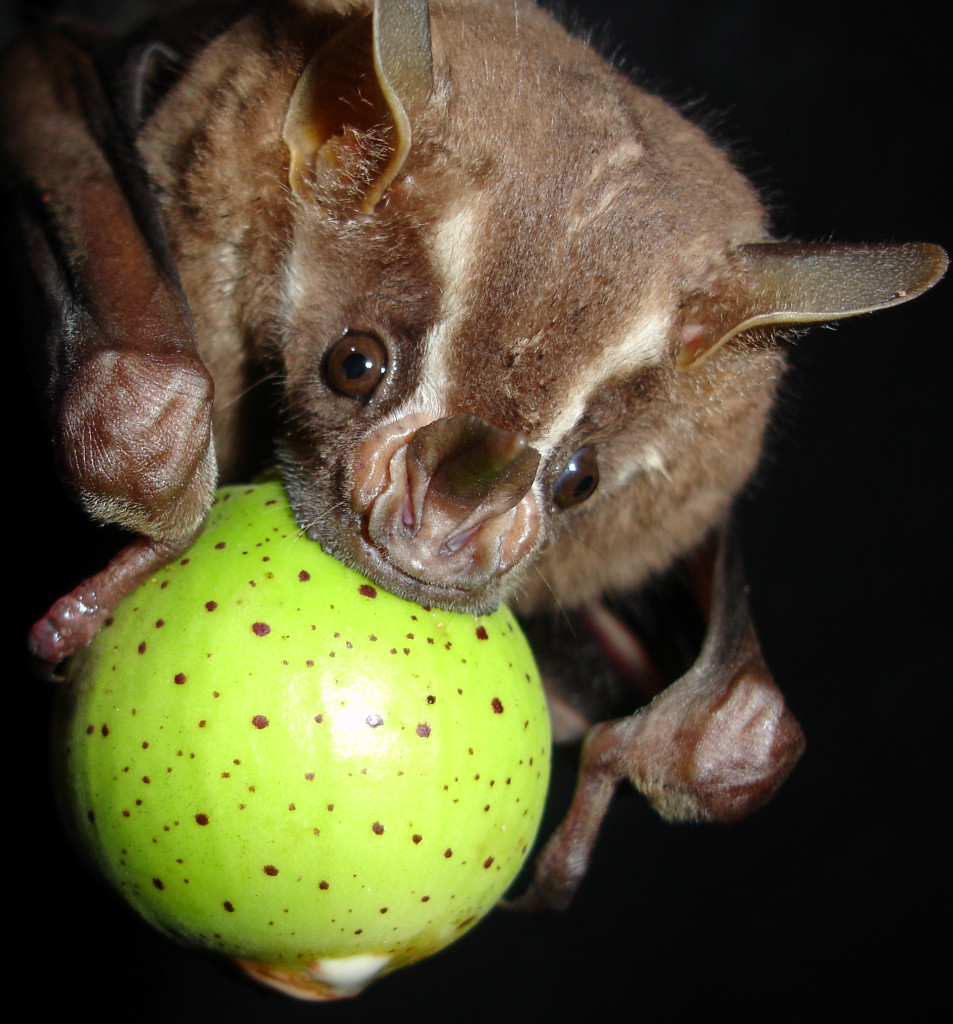
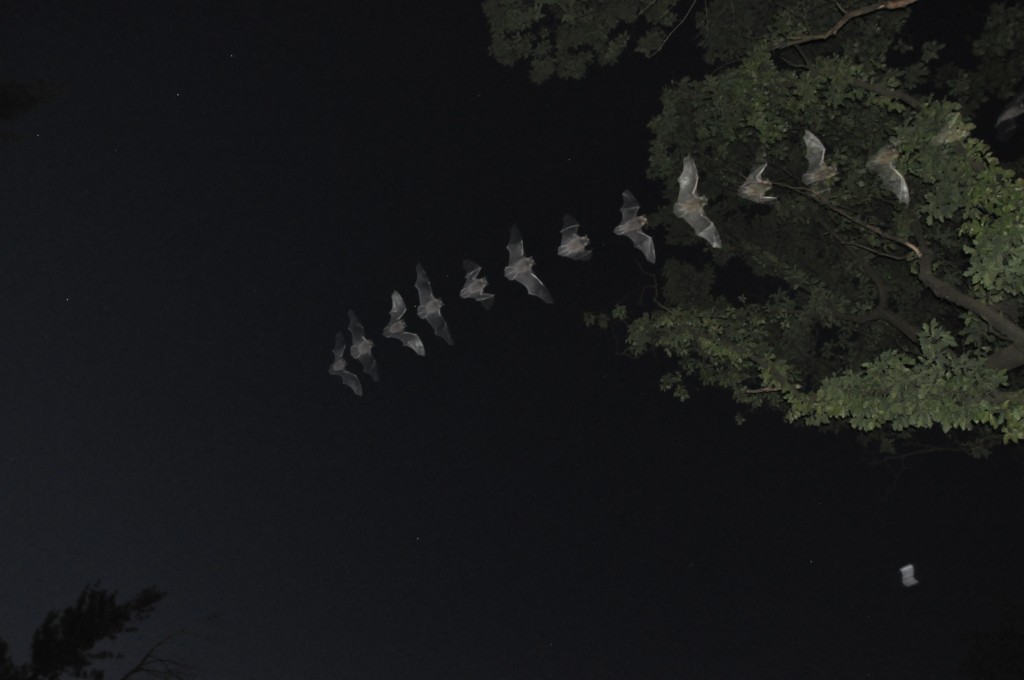
So, what are the bats doing on farms?
“The bats I was studying were using agricultural plots to carry out really important parts of their life cycles,” Mendenhall said. “We would make note of the roosts we would find. We found nine species using abandoned farmhouses and farm plants in order to roost during the day and a huge number were having babies in them.”
The research made clear that for many bat species, farmland counts as habitat. But the researchers are careful not to discount the role of the forest reserves. Some species stayed exclusively in the forest, and many others were still relying on the forest in various ways. The research team used eyelash glue to attach radio transmitters to the backs of bats to track where the bats went.
“A lot of them are commuting back and forth,” said Daily. “You have to think about these farms and the natural habitats as a joint production system. They work together.”
The research team conducted a global meta-analysis of other studies on bats to shore up the Costa Rica findings and concluded that bats can, and do, make use of agricultural lands elsewhere. Other species do too, and there are notable examples in the Bay Area.
he Capay Valley is a rural slice of land that runs between Northern California’s Blue Ridge Mountains west of Lake Berryessa. It’s only 2 miles across and is known for its robust small-scale, organic farming community. In short: lots of protected lands and farms.
Riverdog Farm, Full Belly Farm — these are names any Bay Area farmer’s market shopper knows well.
One of the signature crops is watermelon, which turns out to need a lot of help from pollinators. A watermelon plant needs bees to visit during the one and only day when its flower is opened, and multiple times in order to transfer the 500 to 1,000 grains of pollen needed to set a marketable fruit.
UC Berkeley ecologist Claire Kremen wanted to find out whether the native bees of the Capay Valley were adequately doing the job of pollination, as compared to the bees in the more intensive agricultural zone of the Central Valley.
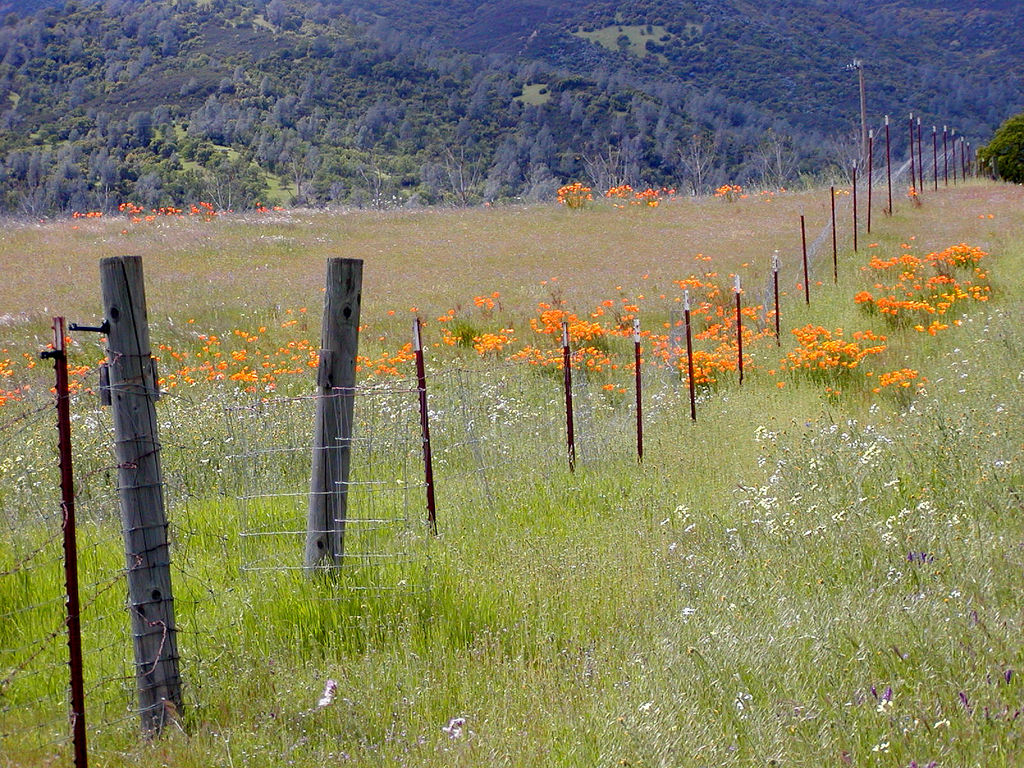
It turned out that in the Capay Valley, the native bees fully serviced the watermelons. But on Central Valley farms, the native bee population was too sparse and lacked enough species diversity to pollinate the plants. Those farms needed to truck in honeybees.
One important detail of the study showed that the single greatest factor in the health of native bees was not the organic farms, but rather the surrounding natural habitat. Bees, like bats, can use agricultural lands but they need the refuge of nature.
Kremen and her colleagues published their findings in 2002 in the Proceedings of the National Academy of Sciences. She’s been an early supporter of “countryside biogeography.”
“Species live in these kinds of environments, in our working landscapes,” Kremen said. “Making these landscapes friendly to wildlife is really important.”
She calls for a “whole systems approach” to conservation that includes protected areas connected to one another with wildlife friendly land uses in between. Kremen does most of her research in Northern California.
“One of the great things about the Bay Area is there is a very active group setting up a lot of protected areas and there is a lot of thought about connectivity as well,” she said.
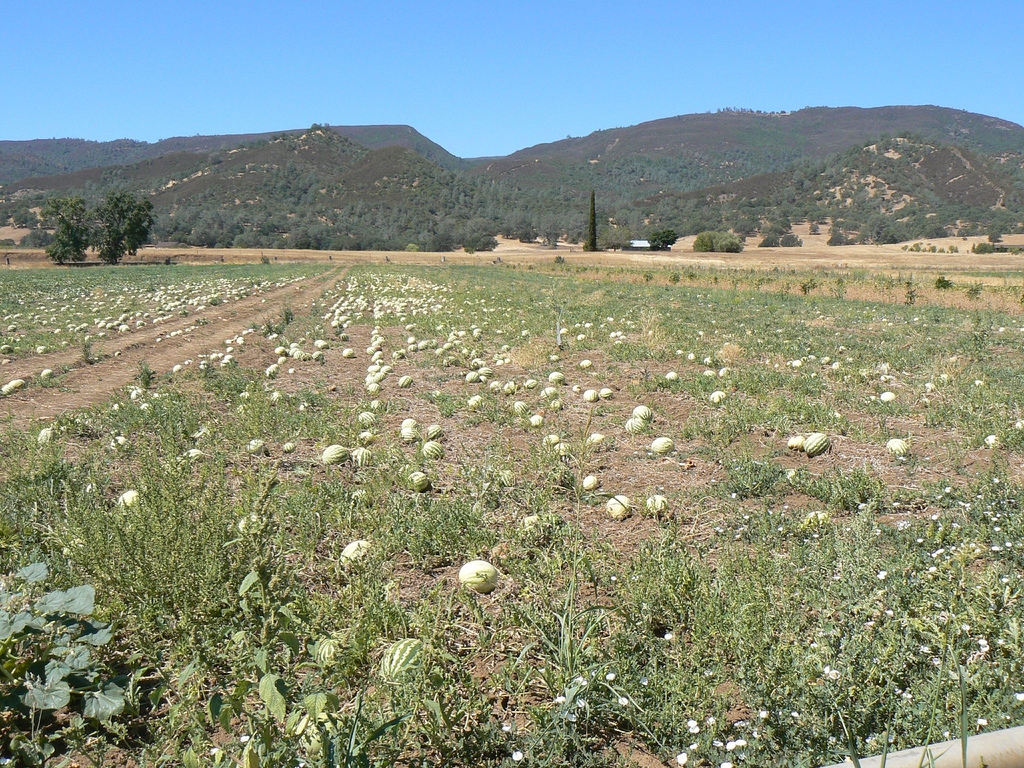
She urges people to resist using pesticides, to plant native gardens and create green spaces in urban areas as ways to make room for wildlife in their backyards. Consumers, too, have a role to play in supporting biodiversity in places like the tropics, said Mendenhall.
“Every time you drink a cup of coffee, that coffee is displacing tropical rainforest,” he said. “Are there ways we can be creative and strategic about where that coffee is grown and how it is grown?”
There are certainly tradeoffs in terms of where to invest resources. Tropical rainforest land has the capacity to support a lot of biodiversity, and Mendenhall and Daily argue that farmers in such ecosystems should be compensated for protecting those lands in recognition of the environmental services they provide. But Costa Rica is not the same as, say, Iowa.
“I’m not saying we should apply unilateral policies to make sure we make all agricultural land wildlife friendly,” he said. “Iowa cornfields don’t have the capacity to be very wildlife friendly and the economic costs are too great.”
Daily said the research team has received little opposition from the paper and its call for a new conservation paradigm.
“So far the response has been favorable,” she said. “I started this line of work 20 years ago and I’ve been incredibly careful because I was worried that the findings were not correct. I hadn’t really publicized this work, but now is the time to get this word out.”

